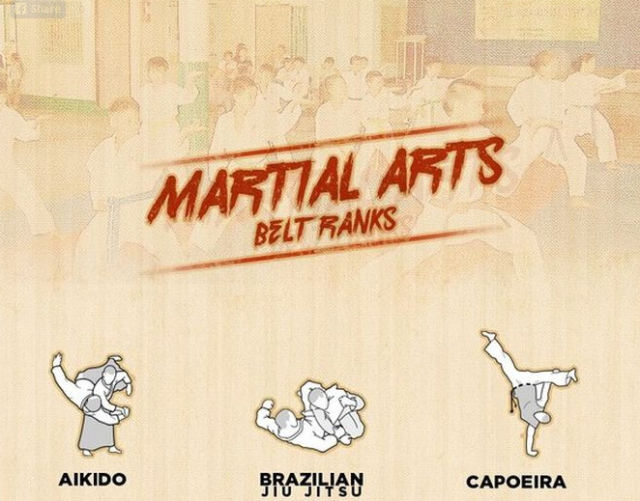The Development And Historic Importance Of Martial Arts Throughout Different Cultures
The Development And Historic Importance Of Martial Arts Throughout Different Cultures
Blog Article
Produced By-Mortensen Matthews
Martial arts have a remarkable background that covers centuries and continents. You could discover it fascinating just how ancient techniques like Shuai Jiao and Kalaripayattu prepared for contemporary battle techniques. These techniques not just emphasize physical skills yet also show the societies that birthed them. As you discover their development, consider exactly how globalization has actually changed these traditional forms into hybrid styles. What influences do you assume have formed today's martial arts landscape?
Ancient Martial arts: The Foundations of Battle
As you delve into the globe of ancient martial arts, you'll uncover the abundant structures that shaped fight methods throughout societies. Very early methods concentrated on Self-Defense and survival, commonly including strikes, grappling, and weaponry.
In old China, as an example, methods like Shuai Jiao stressed throws and joint locks, while India's Kalaripayattu showcased dexterity and fluid motion. Japanese samurai established Kenjutsu, a polished swordsmanship that highlighted technique and method.
These martial arts served not just for battle however likewise as a means of personal advancement, instilling values like respect and willpower. The blending of these methods with time prepared for the diverse martial arts you see today, each mirroring the unique approaches and requirements of its society.
The Social Impact on Martial Arts Growth
While martial arts frequently mirror the practical requirements of a culture, they also symbolize the social worths and beliefs of their origins. When https://spectrumlocalnews.com/nys/capital-region/human-interest/2023/03/17/irish-stick-fighting-capital-region check out different martial arts, you'll observe how they're influenced by religion, ideology, and social standards.
For instance, the focus on respect and technique in Japanese martial arts stems from Zen Buddhism and samurai culture. In contrast, Brazilian Jiu-Jitsu promotes versatility and approach, shaped by the demand for performance in a varied, modern environment.
You could discover that the rituals, attires, and training techniques show a neighborhood's history and identification. By understanding these cultural impacts, you deepen your appreciation of martial arts and their function in shaping human experiences across the globe.
Modern Adaptations and the Globalization of Martial arts
Martial arts have actually changed dramatically in current years, adjusting to contemporary society and international influences. You'll discover that standard forms have blended with modern strategies, producing hybrid styles like MMA. These adaptations satisfy diverse audiences, making martial arts accessible and appealing around the world.
With what is jiu jitsu martial arts of social media and electronic systems, you can locate tutorials and competitions from all edges of the globe, breaking geographical obstacles. This globalization has resulted in a common recognition for various self-controls, from Brazilian Jiu-Jitsu to Taekwondo.
As you involve with these arts, you'll realize they're not almost combat; they promote fitness, technique, and mental well-being.
Ultimately, contemporary adaptations have actually improved the martial arts landscape, making it a dynamic and developing technique.
Conclusion
In exploring the history and evolution of martial arts, you reveal a remarkable mix of methods, societies, and viewpoints. From ancient disciplines like Shuai Jiao and Kalaripayattu to the modern-day adaptability seen in MMA, martial arts mirror humankind's pursuit for Self-Defense and personal growth. As you engage with these methods, you not just gain abilities however additionally a deeper admiration for the varied traditions that form our globe today. So, continue your trip and welcome the art of combat!
